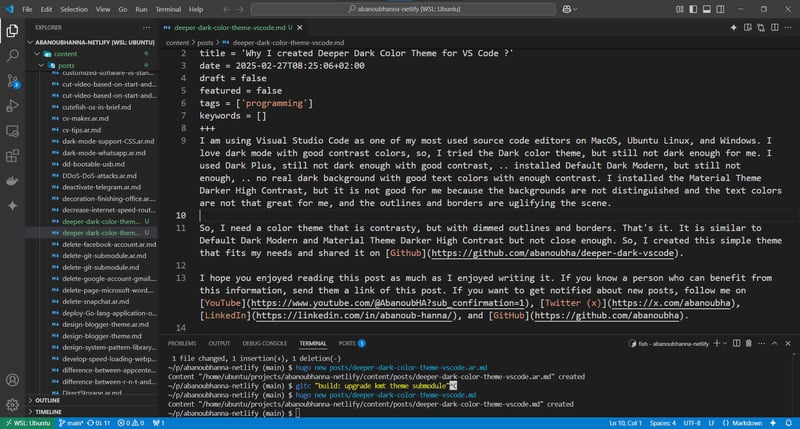Dynamic Programming
Context When facing recursive problems we quickly identify the memorization enhancement to avoid wasting cycles for past computations. But what about the underlying implementations top-down vs bottom-up? In the video below I am comparing these two. And the drawbacks of using BFS in this particular case: Higher memory usage due to maintaining a queue and a visited set. Worse than DP for large amount values (since BFS explores level by level, it can be slow for high values). Summary Visual representation Comparisson Approach Time Complexity Space Complexity Notes Recursive DP (Top-Down w/ Memoization) O(amount × len(coins)) O(amount) Efficient, but recursion uses stack memory Iterative DP (Bottom-Up) O(amount × len(coins)) O(amount) Best for dense subproblem coverage BFS (Graph Traversal) O(amount × len(coins)) (Worst case) O(amount) Can be more efficient for small values

Context
When facing recursive problems we quickly identify the memorization enhancement to avoid wasting cycles for past computations. But what about the underlying implementations top-down vs bottom-up?
In the video below I am comparing these two. And the drawbacks of using BFS in this particular case:
- Higher memory usage due to maintaining a queue and a visited set.
- Worse than DP for large amount values (since BFS explores level by level, it can be slow for high values).
Summary
Visual representation
Comparisson
| Approach | Time Complexity | Space Complexity | Notes |
|---|---|---|---|
| Recursive DP (Top-Down w/ Memoization) | O(amount × len(coins)) | O(amount) | Efficient, but recursion uses stack memory |
| Iterative DP (Bottom-Up) | O(amount × len(coins)) | O(amount) | Best for dense subproblem coverage |
| BFS (Graph Traversal) | O(amount × len(coins)) (Worst case) | O(amount) | Can be more efficient for small values |









































































































































































![[The AI Show Episode 142]: ChatGPT’s New Image Generator, Studio Ghibli Craze and Backlash, Gemini 2.5, OpenAI Academy, 4o Updates, Vibe Marketing & xAI Acquires X](https://www.marketingaiinstitute.com/hubfs/ep%20142%20cover.png)


























































































































![[FREE EBOOKS] The Kubernetes Bible, The Ultimate Linux Shell Scripting Guide & Four More Best Selling Titles](https://www.javacodegeeks.com/wp-content/uploads/2012/12/jcg-logo.jpg)



![From drop-out to software architect with Jason Lengstorf [Podcast #167]](https://cdn.hashnode.com/res/hashnode/image/upload/v1743796461357/f3d19cd7-e6f5-4d7c-8bfc-eb974bc8da68.png?#)







































































































.png?#)




.jpg?#)




















 (1).webp?#)











_Christophe_Coat_Alamy.jpg?#)








































































































![Rapidus in Talks With Apple as It Accelerates Toward 2nm Chip Production [Report]](https://www.iclarified.com/images/news/96937/96937/96937-640.jpg)








































































































































